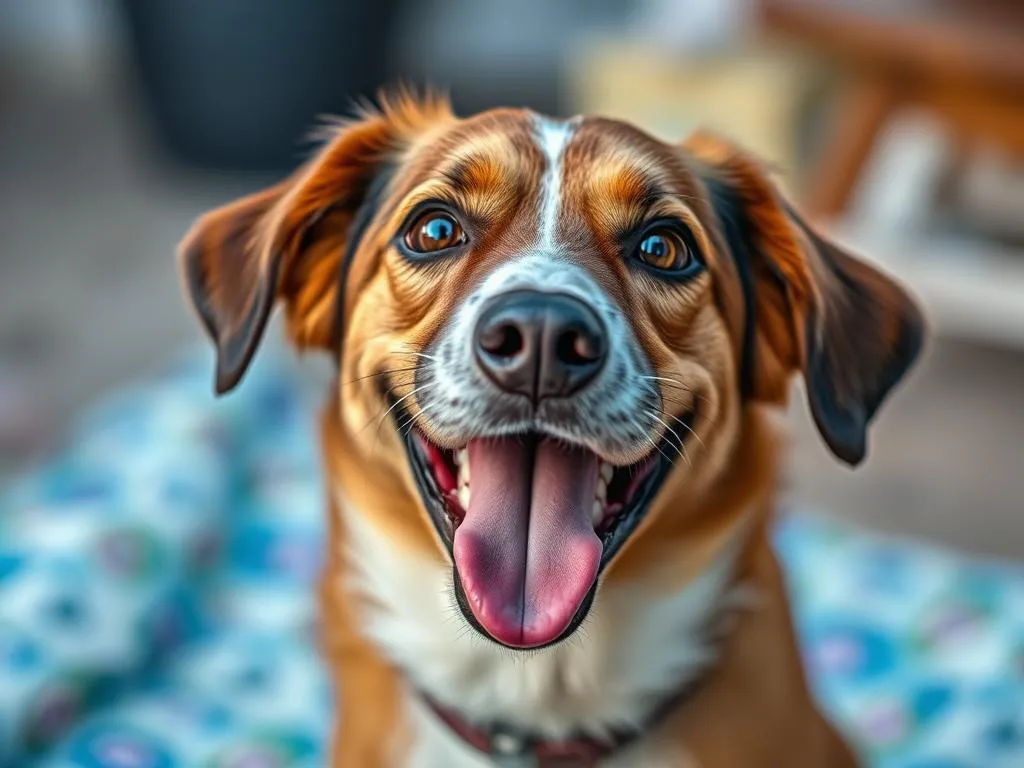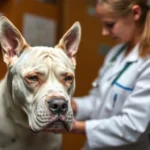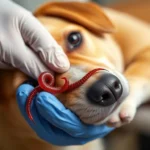
If you’ve ever seen your dog greet you with an enthusiastic wagging tail and then, to your surprise, a little puddle appears beneath them, you’re not alone. Why does my dog pee when excited? is a common question among dog owners. Understanding this behavior is essential for managing it effectively and ensuring a happy relationship with your furry friend.
Understanding Excitement Urination
Definition of Excitement Urination
Excitement urination is a behavior in which a dog involuntarily releases urine when they are overly excited or stimulated. This is primarily a physiological response rather than a behavioral issue, and it can be quite distressing for both the dog and the owner. It’s important to differentiate excitement urination from other forms of urination, such as submissive urination, where a dog may urinate as a display of submission or fear, or urination due to medical issues like urinary tract infections.
Common Scenarios Triggering Excitement Urination
Excitement urination can occur in various situations:
- Greeting Owners: Many dogs urinate when they see their owners after a long day apart.
- Playtime: High-energy play can lead to excitement urination, especially if the dog is playing with a favorite toy or another dog.
- Visitors: Dogs may pee when strangers enter the home, particularly if they are very friendly and eager to greet them.
Interestingly, some breeds are more prone to this behavior than others. Smaller breeds, such as Dachshunds and Chihuahuas, often exhibit excitement urination more frequently than larger breeds.
The Science Behind Excitement Urination
Physiological Response to Excitement
To understand why does my dog pee when excited, it’s helpful to look at the physiological mechanisms at play. When a dog experiences excitement, their nervous system activates, triggering the body’s fight-or-flight response. This response can lead to increased muscle tension and, unfortunately, a lack of control over bladder function. In a highly stimulating environment, the combination of heightened emotions and physical response may result in involuntary urination.
Age and Developmental Factors
Age also plays a significant role in excitement urination. Puppies are more likely to exhibit this behavior as they are still developing bladder control and may not fully understand their body’s signals. As dogs mature, they typically gain better control over their bladder. However, early training and socialization can greatly influence how a dog learns to handle excitement.
Behavioral Insights
Understanding Your Dog’s Body Language
Being able to interpret your dog’s body language is crucial. Signs of excitement can include:
- Wagging Tail: A fast, enthusiastic wag generally indicates joy and excitement.
- Jumping: Many dogs jump up and down when they are thrilled.
- Barking: Excited barking can also signify a high level of enthusiasm.
It is important to distinguish between excitement and anxiety, as anxious dogs may exhibit similar behaviors but for entirely different reasons. An anxious dog may cower or tuck their tail, while an excited dog will be more animated and open.
Training Techniques to Manage Excitement Urination
Managing excitement urination involves training techniques that can help your dog learn to remain calm in stimulating situations. Here are some effective strategies:
-
Controlled Greetings: Teach your dog to sit and stay before greeting you or guests. This helps them to calm down and reduces the chances of excitement urination.
-
Positive Reinforcement: Reward your dog for calm behavior with treats and praise. This reinforces the behavior you want to see.
-
Desensitization Exercises: Gradually expose your dog to situations that trigger excitement. Start with lower levels of stimulation and gradually increase them as your dog learns to control their excitement.
-
Practice Scenarios: Set up practice greetings with friends or family members to help your dog learn appropriate responses.
Consistency is key in all training efforts. Ensure everyone in the household follows the same training approach to avoid confusing the dog.
When to Consult a Veterinarian
Signs of Underlying Medical Conditions
While excitement urination is often harmless, it’s essential to be aware of other potential causes of urination. Conditions such as urinary tract infections, bladder stones, or other medical issues may lead to inappropriate urination. Symptoms indicating a need for a veterinary visit include:
- Frequent urination outside of excitement situations
- Blood in the urine
- Straining to urinate
- Excessive licking of the genital area
If your dog exhibits these signs, consult a veterinarian for a thorough evaluation.
What to Expect During a Veterinary Consultation
During a veterinary visit, your vet may carry out several diagnostic tests, including:
- Urinalysis: This test checks for signs of infection, crystals, or other abnormalities in the urine.
- Physical Examination: Your vet will assess your dog’s overall health and may check for any signs of pain or discomfort.
- Behavioral Assessment: Expect questions about your dog’s behavior, when the urination occurs, and any changes in their lifestyle.
These assessments can help determine if excitement urination is the issue or if there is a more serious underlying health concern.
Preventive Measures
Creating a Calm Environment
Reducing excitement levels in your dog can help manage urination issues. Here are some techniques:
-
Controlled Greetings: Encourage calm behavior when entering or leaving home. Avoid overly excited greetings that encourage jumping and urination.
-
Desensitization: Gradually introduce your dog to situations that cause excitement, starting slowly and building up their tolerance.
-
Structured Routine: Dogs thrive on routine. Regular feeding, playtime, and walks can help reduce anxiety and promote a sense of security.
Ongoing Training and Reinforcement
Continuous training is essential for managing excitement urination. Consider the following strategies:
-
Reinforcement of Calm Behavior: Regularly reward your dog for remaining calm in exciting situations.
-
Socialization: Expose your dog to a variety of environments and people in a controlled manner, helping them become accustomed to different stimuli without becoming overly excited.
-
Regular Training Sessions: Short, consistent training sessions can reinforce desired behaviors and help your dog learn to manage their excitement levels.
Conclusion
Understanding why does my dog pee when excited is an important step in managing this common behavior. By recognizing the physiological and emotional triggers that lead to excitement urination, you can take proactive steps to address it. Training, a calm environment, and ongoing reinforcement of appropriate behavior can significantly reduce the occurrences of excitement urination.
Being patient and consistent with your dog will help them learn how to navigate their excitement without the need for a bathroom break. Remember, every dog is unique, and with the right approach, you can foster a happy, well-adjusted pet. Share your experiences and strategies with fellow dog owners, and together, we can create a community that supports each other in understanding our furry companions.
FAQs Section
What is excitement urination in dogs?
Excitement urination is the involuntary release of urine that occurs when a dog is overly stimulated or excited, often seen during greetings or playtime.
Is excitement urination the same as submissive urination?
No, excitement urination is typically a response to high energy and joy, while submissive urination occurs when a dog feels threatened, anxious, or submissive.
Can excitement urination be trained out of my dog?
Yes, with consistent training, positive reinforcement, and management techniques, many dogs can learn to control their urination in exciting situations.
Should I be worried if my dog is peeing when excited?
While excitement urination is common and usually not a concern, if it occurs frequently or is accompanied by other symptoms, you should consult a veterinarian to rule out medical issues.
When should I seek help from a vet?
Seek veterinary advice if you notice blood in your dog’s urine, frequent urination outside of excitement, straining to urinate, or any changes in behavior or health.









